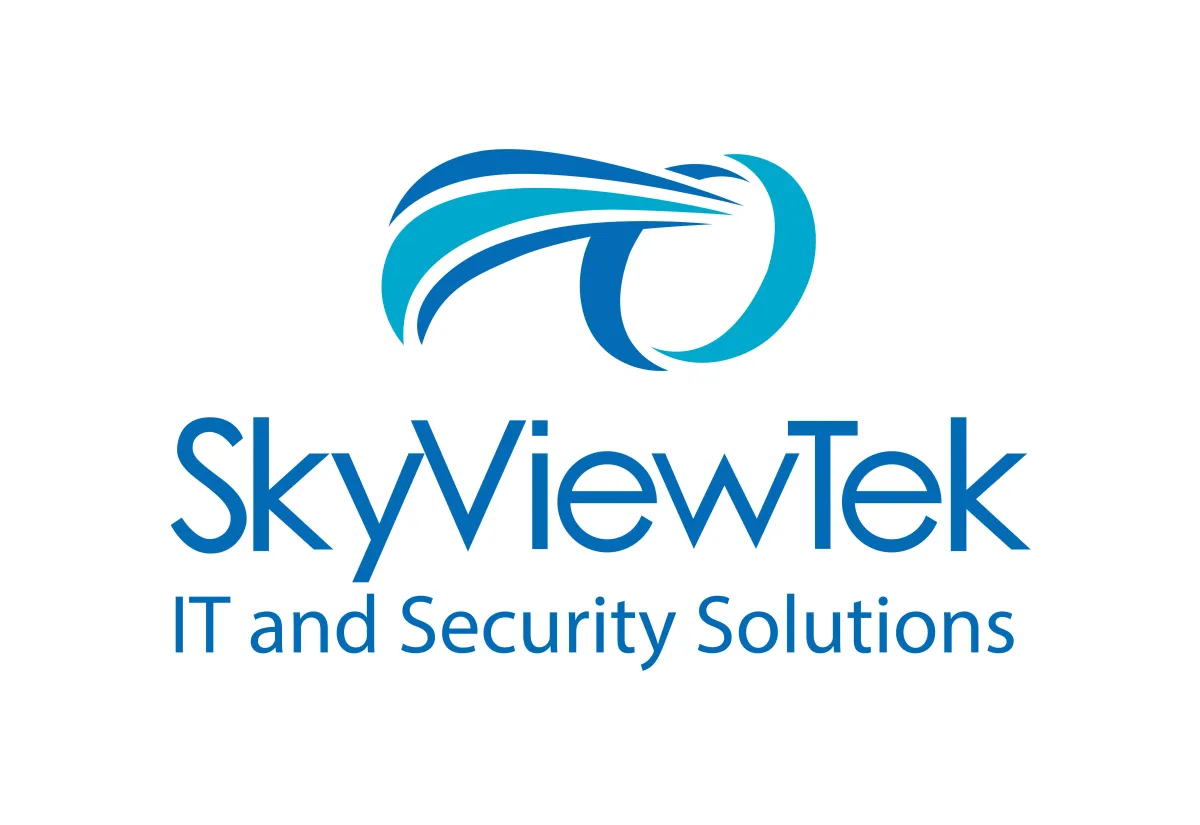
Tek Blogs
Keep up on the latest tech trends with our informative IT blogs.

IT Budgeting: A Guide for Businesses of All Sizes
Information technology (IT) has become an indispensable asset for businesses of all sizes. From streamlining operations to enhancing customer experiences, IT plays a crucial role in achieving business objectives. However, effectively managing IT costs can be a challenge, especially as technology evolves rapidly and new demands arise. A well-planned IT budget is essential to ensure that your business can allocate resources efficiently and stay competitive.
Understanding Your IT Needs
Before creating an IT budget, it's crucial to have a clear understanding of your business's specific IT needs. Consider the following questions:
What are your primary business goals? How does IT support these goals?
What software and hardware do you currently use? Are they meeting your needs or are there areas for improvement?
What are your anticipated IT expenses for the coming year? This includes software licenses, hardware upgrades, maintenance costs, and cloud services. With the Windows 10 End of Life approaching on October 14, 2025, it's crucial to factor in potential upgrade or migration costs. Learn more about this in our latest blog here.
What are your IT staffing needs? Do you need to hire additional IT personnel or outsource certain tasks?
Setting Realistic Budget Goals
Once you have a clear picture of your IT needs, you can start setting realistic budget goals. Consider the following factors:
Business growth: If your business is expanding, you'll need to allocate more resources to IT to support growth.
Industry trends: Keep up with industry trends and emerging technologies that could impact your IT budget.
Economic conditions: Be mindful of economic factors that could affect your IT spending.
Creating a Detailed IT Budget
A detailed IT budget should include the following components:
Hardware: This includes computers, servers, networking equipment, and other physical devices.
Software: This includes operating systems, productivity tools, specialized software, and cloud services.
IT services: This includes maintenance, support, and consulting services.
Staffing costs: This includes salaries, benefits, and training expenses for IT personnel.
Contingency fund: Allocate a portion of your budget to cover unexpected expenses or emergencies.
Budget Tech Tips
Here are some tips to help you optimize your IT budget:
Regularly review and update your budget: As your business evolves, your IT needs may change. Regularly review your budget to ensure it aligns with your current goals.
Prioritize IT investments: Not all IT investments are created equal. Prioritize investments that will have the greatest impact on your business.
Consider cloud-based solutions: Cloud computing can be a cost-effective way to access IT resources without the need for significant upfront investments.
Negotiate with vendors: Don't be afraid to negotiate with software and hardware vendors to get the best possible deals.
Implement energy-efficient IT practices: Reduce your IT energy consumption to lower costs and reduce your environmental impact.
Expert IT Budgeting Assistance
At SkyViewTek, we understand the importance of effective IT budgeting. Our team of experienced IT professionals can help you develop a customized IT budget that meets your specific needs and goals. Contact us today to learn more about how we can assist you.

